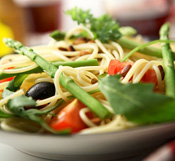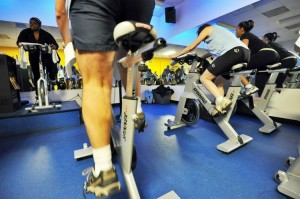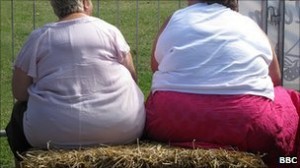Is it possible to eat beef on a regular basis and not get beefy in the process? Absolutely, says an article that appeared in a supplement to the October 2005 issue of Tufts University Health & Nutrition Letter. The trick is to select the right cut of beef and to exercise portion control.
Here’s a look at 10 of the leanest cuts, which, according to the National Cattleman’s Beef Association, contain on average only 1 more gram (g) of saturated fat than a skinless chicken breast per 3-ounce serving:
1. eye round (1.4 g saturated fat, 4 g total fat)
2. top round steak (1.6 g saturated fat, 4.6 g total fat)
3. chuck mock tender steak (1.6 g saturated fat, 4.7 g total fat)
4. bottom round (1.7 g saturated fat, 4.9 g total fat)
5. top sirloin (1.9 g saturated fat, 4.9 g total fat)
6. round tip (1.8 g saturated fat, 5.0 g total fat)
7. 95% lean ground beef (2.4 g saturated fat, 5.0 g total fat)
8. brisket (flat half) (1.9 g saturated fat, 5.1 g total fat)
9. shank crosscuts (1.9 g saturated fat, 5.4 g total fat)
10. chuck shoulder roast (1.8 g saturated fat, 5.7 g total fat)
—
original article from IDEA Fitness









